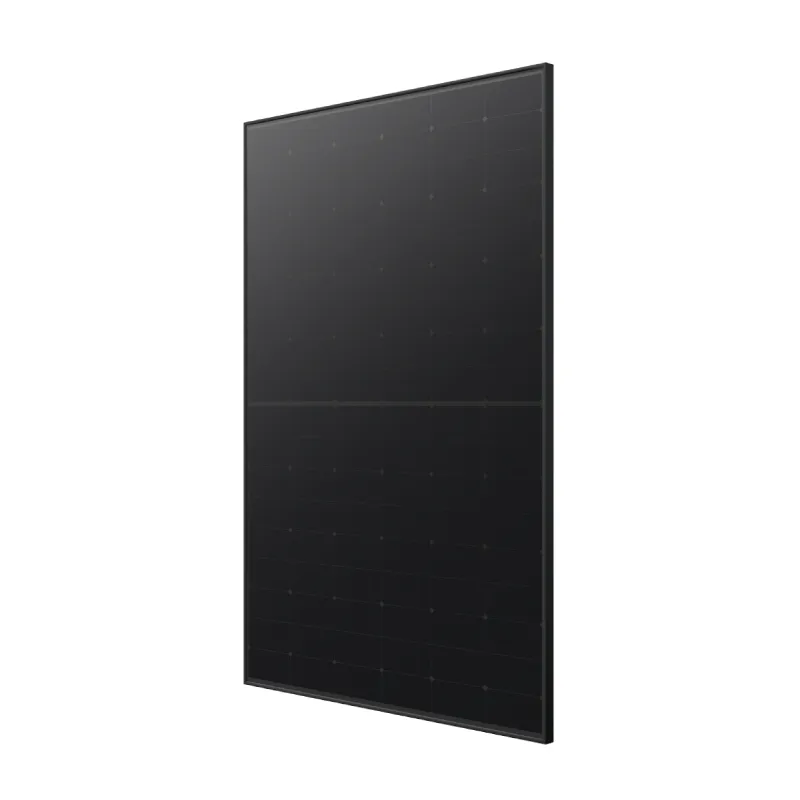Innovative Dual-Faced Solar Panels for Enhanced Energy Efficiency and Sustainability Solutions
The Advantages of Two-Sided Solar Panels A Sustainable Energy Solution
In the quest for sustainable energy solutions to combat climate change, solar energy has emerged as one of the most promising options. Within the solar industry, innovations continue to flourish, and among these advancements, two-sided solar panels—commonly known as bifacial solar panels—are gaining significant attention. Unlike traditional solar panels that capture sunlight only from one side, bifacial panels are designed to harness solar energy from both sides, offering numerous advantages that enhance their efficiency and effectiveness.
Enhanced Efficiency
One of the primary benefits of two-sided solar panels is their ability to improve energy efficiency. Bifacial panels can capture sunlight that reflects off the ground or surrounding surfaces, effectively utilizing both direct and reflected sunlight. This dual absorption capacity can increase energy output by 10 to 30 percent compared to traditional single-sided panels, depending on the installation environment. For example, installations over reflective surfaces such as white concrete, snow, or sand will receive significant additional energy from the back side, maximizing the panels' overall energy production.
Versatility in Installation
Two-sided solar panels are versatile and can be installed in various settings, including rooftops, ground-mounted systems, and solar farms. Their design accommodates different orientations, making them suitable for diverse climates and geographical locations. They can be integrated into innovative setups such as vertical installations on building facades or tracking systems that follow the sun's path throughout the day, further optimizing their energy capture capabilities.
Reduced Land Use
As the demand for solar energy grows, so does the need for land to accommodate solar farms. Two-sided solar panels can contribute to more efficient land use by generating higher energy outputs without requiring additional space. This is particularly advantageous in areas where land is scarce or expensive, as these panels can optimize solar energy production while minimizing the environmental footprint. Additionally, the use of bifacial technology can enable co-location with agricultural activities, a practice known as agrivoltaics, where crops are grown beneath solar panels, allowing for dual land use.
two sided solar panels

Lower Costs Over Time
While the initial investment for two-sided solar panels may be higher than traditional panels, the long-term financial benefits can be significant. With higher energy output, the return on investment (ROI) can improve over the lifetime of the system. Moreover, as technology advances and production scales up, the costs associated with bifacial panels are expected to decline, making them more accessible to consumers and businesses alike.
Environmental Impact
The shift towards two-sided solar panels also aligns with global environmental goals. By increasing the efficiency and productivity of solar energy systems, they contribute to reducing greenhouse gas emissions and dependence on fossil fuels. Furthermore, the longevity of solar panels—bifacial models generally have longer lifespans—means that they generate clean energy over extended periods, minimizing the need for replacement and reducing waste.
Challenges and Considerations
Despite their advantages, two-sided solar panels are not without challenges. Their performance is highly dependent on installation conditions like ground reflectivity and the geographical orientation of the installation site. In some cases, finding the ideal location and ensuring proper installation can pose difficulties. Moreover, the technology is still evolving, and prospective users should conduct thorough research and consultations with professionals before making investment decisions.
Conclusion
Two-sided solar panels represent a significant advancement in solar technology, offering enhanced efficiency, versatility, and environmental benefits. As the global community moves towards a more sustainable future, integrating innovative solutions like bifacial solar panels will be crucial in significantly increasing renewable energy production. Balancing the initial costs with long-term benefits and environmental impact, these panels have the potential to play an integral role in our transition to a cleaner, greener energy landscape.
-
String Solar Inverter: The High-Efficiency Solution for Smart Solar EnergyNewsJul.14,2025
-
Revolutionizing Rooftop Energy with the Power of the Micro Solar InverterNewsJul.14,2025
-
Power Independence with Smart Off Grid Solar Inverter SolutionsNewsJul.14,2025
-
On Grid Solar Inverter: Powering the Future with Smart Grid IntegrationNewsJul.14,2025
-
Monocrystalline Solar Panels: High-Efficiency Power for the Future of Clean EnergyNewsJul.14,2025
-
Bifacial Solar Panel: A Smarter Investment for Next-Generation Energy SystemsNewsJul.14,2025







